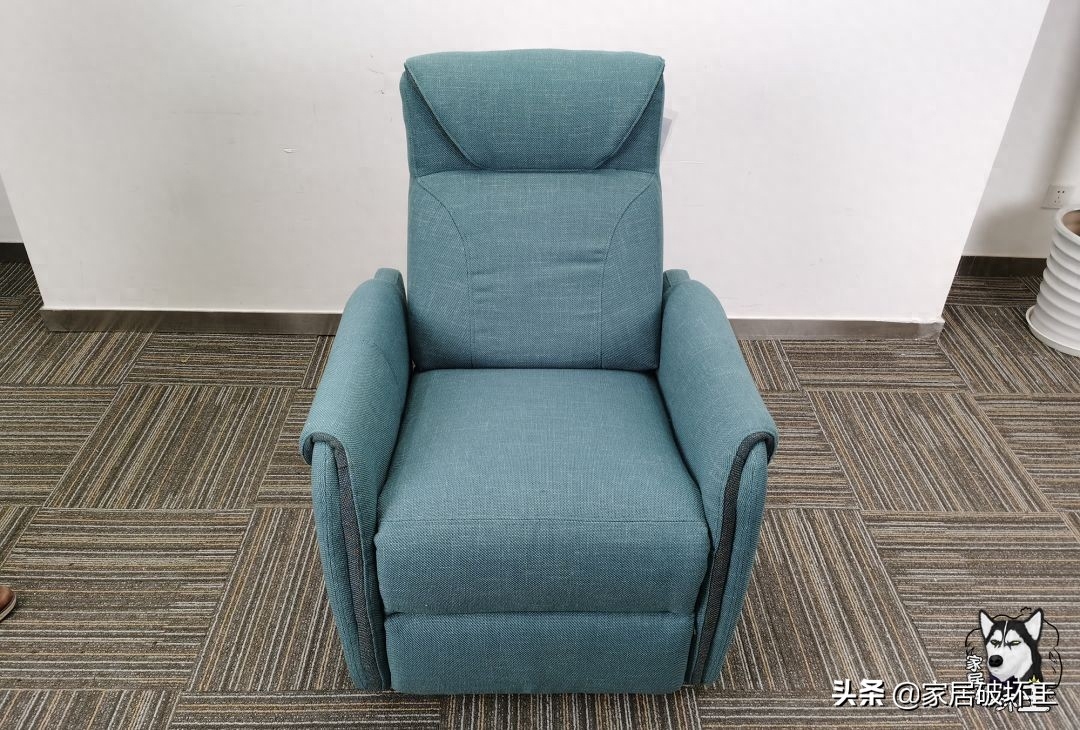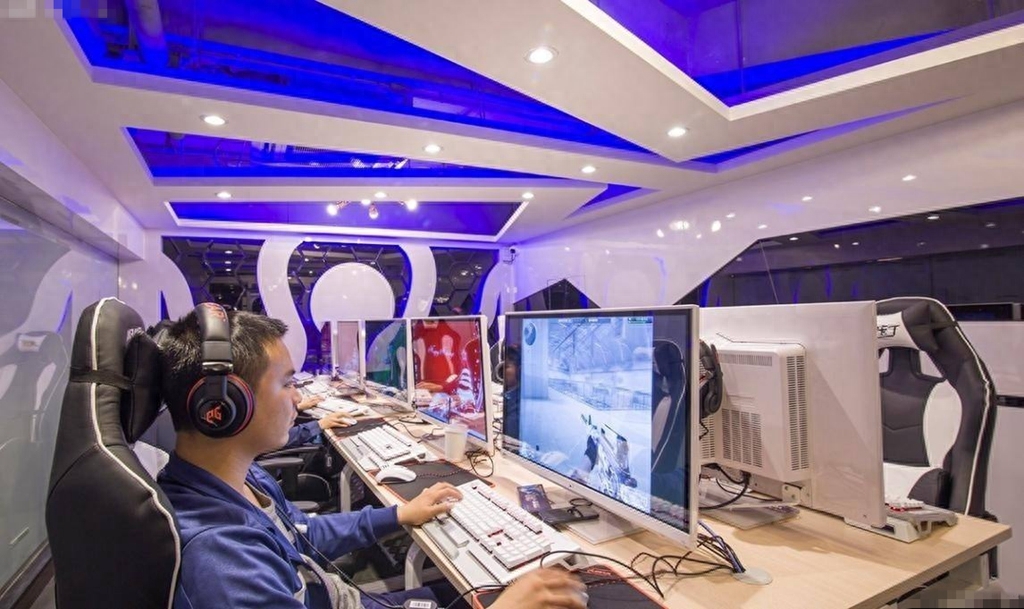这不是普通的家具,这是Gio Ponti代表性家具设计

Five influential pieces of furniture designed by Gio Ponti
意大利建筑师兼设计师Gio Ponti的作品是巴黎装饰艺术博物馆(Musée des Arts Décoratifs)展览中的焦点。Salvatore Licitra是本次展览的策划人,同时也是Ponti的侄子,他在这次展览中挑选了Ponti的五个最佳设计。
巴黎装饰艺术博物馆在2019年5月的展览主题名为图托·庞蒂(Tutto Ponti ),回顾了Ponti作为设计师和建筑师,从1921年到1978年的六十年职业生涯中的所有设计作品。
Ponti设计建筑、家具装饰品,以及瓷砖和纺织品,他的灵感和设计理念在规则之间来回穿梭。尽管他的产品都是大规模生产,但他本人对工艺却十分感兴趣。
“一种看待现在的方式”
在展览中,Salvatore Licitra想要凸显出的是,“Gio Ponti在19世纪出生,已经过世40年,但他是如何继续影响着后来世界各地的建筑师、设计师和艺术家的”。
“这不是一个关于‘意大利艺术’和一个描述过去时代人物的主题,而是一种观察现在的方式,以及当代重要的创造力来源和寻找灵感的来源,“ 他说。
在这里,Salvatore Licitra选择了Ponti最具影响力的五种家具设计作品,并解释了它们如何体现了他的设计原则:
The work of Italian architect and designer Gio Ponti is the focus of a major exhibition at the Musée des Arts Décoratifs in Paris. Curator Salvatore Licitra, who is also Ponti's nephew, picks out five of the most important designs in the show.
On show at the Musée des Arts Décoratifs until 5 May 2019, Tutto Ponti: Gio Ponti Archi-Designer explores the full scope of Ponti's six decade-long career as a designer and architect, from 1921 to 1978.
Ponti designed both buildings and furniture as well as producing interiors, tile and textiles, and his ideas and methods crossed back and forth between the disciplines. And despite working at a time of increasing mass production, he was just as interested in craft.
"A way of looking at the present"
With the exhibition, Salvatore Licitra wanted to address how Gio Ponti "a man born in the 19th century and who passed away 4o years ago, continues to be and has increasingly become, a reference for architects, designers and artists around the world".
"This is not a case of presenting an account of 'Italian arts' and of a figure from a bygone age, but rather a way of looking at the present, and at the sources to which important contemporary expressions of creativity refer and look for inspiration," he said.
Here, Licitra picks five of Ponti's most influential furniture designs and explains how they embody his design principles:

811扶手椅
“811扶手椅代表了从手工家具和橱柜制造到工业化大规模生产的转变。
“这把椅子的基础构造主要是木制框架,框架展示出精细的工艺,而座椅和靠背的悬挂系统是由倍耐力制造的弹性带构成,很明显是近年来创新的产品。这便是一个工业生产与复杂的美学材料之间结合的例子。
“那些年,Ponti凭借他的创造才能,奠定了他的风格基础,并通过Domus杂志推广了被后世称为‘意大利设计’的这些产品,其大规模生产也是以历史悠久的高品质工艺文化为后盾。”
811 armchair
"The 811 armchair effectively represents the switch from artisanal furniture and cabinet-making to industrialised mass production.
"The expression of this chair is basically provided by its wooden frame, which suggests fine craftsmanship, but also boasts a suspension system for the seat and backrest with elastic belts made by Pirelli, which was decidedly innovative for those years. An example, therefore, of hybridisation between industrial production and sophisticated aesthetic finishing and material solutions.
"Those were the years when Ponti, with his creative flair, was busy laying the foundations and promoting, via Domus magazine, what later came to be known as Italian design; mass production backed by a time-honoured culture of top quality craftsmanship."

Photo © Gio Ponti Archives
Mariposa扶手椅
“在西班牙语中,mariposa这个词意味着蝴蝶。事实上,这个扶手椅所具备的动感的线条,以及扶手和靠背的轮廓,的确能让人想到蝴蝶。
“这是Ponti为Caracas的Villa Planchart创建的模型,它在审美上参照了委内瑞拉别墅和德黑兰的 Nemazee别墅的线条和比例。
“这些Ponti风格别墅是建筑中的蝴蝶,他们的翅膀呈扇形展开,其视觉上悬挂的墙壁定义了建筑物的主体,平坦,轻巧的屋顶设计得就好像翅膀轻轻落下一样,檐篷则如同触角般突出”。
Mariposa armchair
"In Spanish, the word mariposa means butterfly. And in fact this armchair, with the moving lines of its volumes, and in the profile of its arm and backrests, is effectively reminiscent of a butterfly.
"This was a model, created by Ponti for the Villa Planchart in, which aesthetically recalls the lines and proportions of Venezuelan villas, but also of Villa Nemazee in Teheran.
"These Pontian villas are architectural butterflies, in the way their plans open up like fans, with their visually suspended walls defining the body of the building, with their flat, lightweight roofs, designed as if they had just alighted, with their canopies protruding like antennas."

D5551边桌
“这个由Ponti在20世纪50年代初设计的小桌子,是理解Ponti在设计和建筑方面的诗学的关键。在其简单的基础上,体现了Ponti所有作品具有生命力的元素和原则。这是他的创作之旅中一个极佳的例子,他的作品并不是以线性的方式相互追随。
“支撑玻璃的网格是Ponti自20世纪30年代以来设计的精致红木小桌的典型风格,桌子的框架是物体美学的一部分。这个设计的一个关键要素是能够根据观察角度不同而产生不同颜色效果的网格。”
D5551 side table
"This small table, designed by Ponti in the early 1950s, is key to understanding Ponti's poetics, in both design and architecture. In its elementary simplicity, it sums up and embodies procedures and principles that animate all Ponti's work. It is a good example of his creative journey, along which his works do not follow one another in a linear fashion.
"The grid that supports the glass reflects the refined small rosewood tables that Ponti had been designing since the 1930s, where the framework of the table is part of the object's aesthetics. A key feature of this item is that the grid is painted to achieve different colour effects according to the point of view."

Photo © Gio Ponti Archives
Sedia di poco sedile
“Ponti曾经说过,在设计了Superleggera椅子和倍耐力摩天大楼之后,他又设计了两个同样重要的作品:塔兰托大教堂和sedia di poco sedile,又称小型扶手椅。
“这款椅子采用纤细的线性钢架,支撑座椅和靠背的两个薄衬垫表面,看起来更像是一件设计,而不是一件家具。
“简洁框架本身就诠释着模型的美学,支撑靠背的金属钢条向下形成前腿,而支撑座椅的钢条弯曲延伸形成后腿。
“自20世纪50年代以来,Ponti一直在使用这种交叉标准,即使是完全不同风格的家具,如Andrea Doria远洋客轮的物品,也能使座椅和靠背的表面完全独立,从而以最轻盈的形式表达出来。”
"Ponti used to say that, after the Superleggera chair and the Pirelli skyscraper, he had produced two more equally important designs: Taranto Cathedral and the sedia di poco sedile, or small-seated armchair.
"This chair, with its slender, linear steel frame, which supports the two thinly padded surfaces of the seat and the backrest, looks more like a design than a piece of furniture.
"Here too it is the lean frame itself that interprets the aesthetics of the model. The shiny steel line that supports the backrest proceeds downwards to form the front legs and the one that supports the seat extends to form the back legs.
"This cross-over criterion, which Ponti had been using since the 1950s, even for furniture of completely different styles, like the items for the Andrea Doria ocean liner, enables the surfaces of the seat and the backrest to be completely independent, thereby expressing the utmost lightness."

Photo © Gio Ponti Archives
模块吊灯
“20世纪60年代开发的技术生产了大量使用氖管作为光源的灯具。Ponti专注于线性光的美感,巧妙地诠释了这种全新的可能性。
“这是一个光模块设计,可以生成吊灯或圆形灯,也可以是自立式灯、壁灯或吸顶灯。
“在这个以本质为名而设计的照明系统中,光源和发光棒的曲面屏幕是最重要的,发光棒由超薄的金阳极氧化铝制成,为灯提供一个主体,并限定了光线的方向。
阳极化铝是Ponti很熟悉的一种材料,他从20世纪40年代末开始就用这种材料来装饰并照明他所布置的远洋客轮的房间,有时也会用它来装饰整面墙壁。
Lamp with light modules
"Technology developed in the 1960s led to the mass production of lamps using neon tubes as their light source. Ponti masterly interpreted the possibilities that this offered by focusing on the beauty of linear light.
"This is a project of light modules that could create hanging lamps or round ones but also self-standing lamps, and individual or multi-body wall-lamps or ceiling-lamps.“
"In this lighting system, designed in the name of essentiality, there is nothing more than the light source and a curved screen for the luminous rod, made with ultra-thin gold anodised aluminium, to provide a body to the lamp and to give direction to the light.
"Anodised aluminium was a material that Ponti knew well, having used it since the end of the 1940s to embellish and brighten up the rooms of the ocean liners that he had furnished, sometimes lining whole walls with it."
由专筑网王雪纯,邢子编译
【专筑网版权与免责声明】:本网站注明“来源:专筑网”的所有内容版权属专筑网所有,如需转载,请注明出处
[注:本文部分图片来自互联网!未经授权,不得转载!每天跟着我们读更多的书]
互推传媒文章转载自第三方或本站原创生产,如需转载,请联系版权方授权,如有内容如侵犯了你的权益,请联系我们进行删除!
如若转载,请注明出处:http://www.hfwlcm.com/info/130278.html







